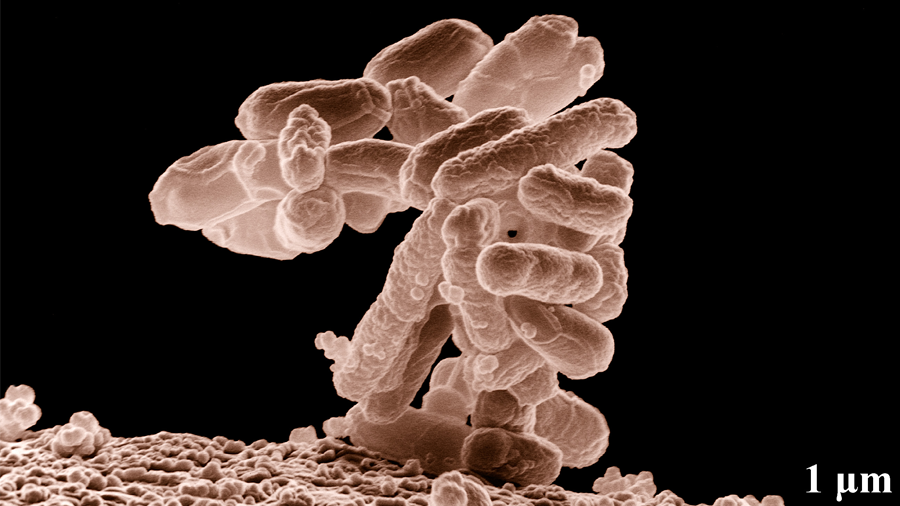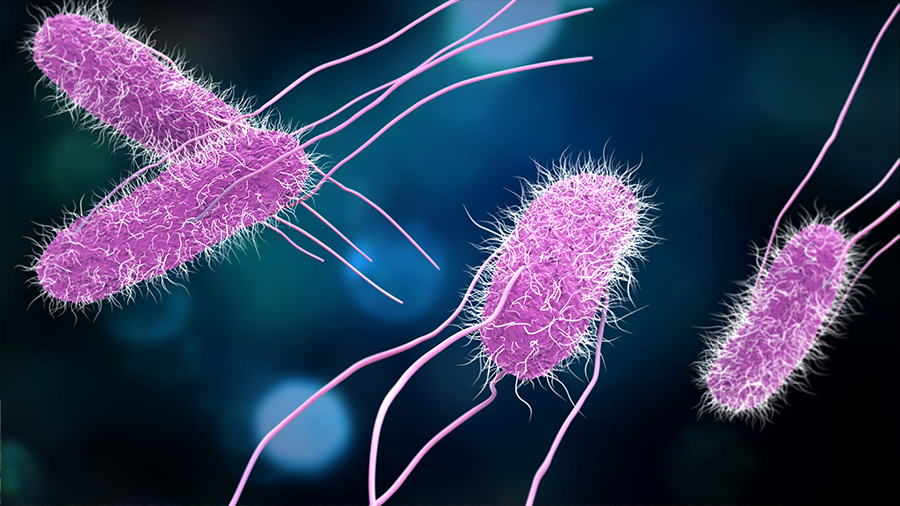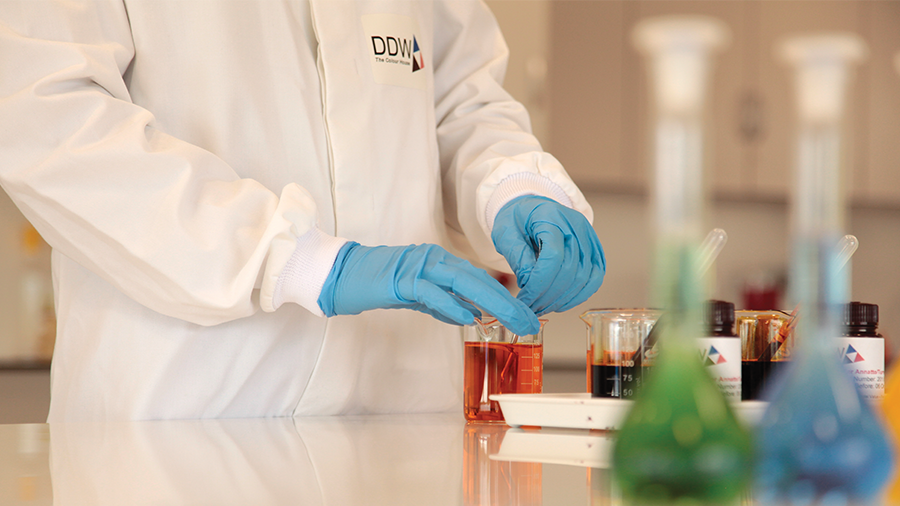Freshen up on food safety
Late last night, I woke up feeling hungry. I walked over to the fridge remembering I had purchased some ground beef the previous week. As I removed it from the Ziploc, I noticed it was particularly gray. What to do in a time of need?
Many of us have been here before. Some of us role the dice and are lucky. For others, the consequences can make that late-night bite not worth it. The Centers for Disease Control and Prevention estimate that annually some 48 millon people acquire foodborne illnesses, with more than 100,000 needing to be hospitalized and 3,000 dying.
There are many different pathogens that can cause food poisoning, including bacteria, parasites and even viruses. Common ones include Norovirus, Salmonella, Staphylococcus aureus and Campylobacter. Others, including E. coli and listeria, can cause severe illness and lead to hospitalization.
Not everyone who comes into contact with these pathogens will get sick: Good news for most healthy adults. However, for individuals who are young, elderly or have compromised immune systems, there is a greater chance for symptoms to arise and for serious illness.
Common symptoms of food poisoning include a stomach ache, nausea, fever, gastrointestinal discomfort and vomiting; however, other symptoms also occur and may take hours or days to develop after contact with a contaminated food or surface. The CDC has excellent resources on the most likely symptoms and sources of common pathogens, as well as signs to go see a doctor.
Although many of us do not see foodborne illness as something likely to happen to us, good habits can protect us and others. The recent Salmonella outbreak and subsequent peanut butter recall has me scanning the numbers on every tub of Jif (there were 16 illnesses and 2 hospitalizations across 12 states)! The CDC recommends following four simple steps: clean, separate, cook and chill.
Research highlights

Inflammatory signaling in bacterial sepsis: Researchers across the United States collaborated in an effort to better understand the effects of the enzyme mitogen-activated protein kinase phosphatase 1 (called Mkp-1 for short) on immune function and defense of mice infected with E. coli. When this enzyme is knocked down, there is an enhanced mortality in animals and heightened bacterial burden. The researchers screened RNA sequences from large datasets to identify proteins that may affect this phenotype. They found that infection with E. coli dramatically enhanced the expression of programmed death-ligand 1 and that deficiency of Mkp-1 enhanced the expression of this protein, influencing the adaptive immune response of compromised mice and contributing to mortality. Read the paper in the Journal of Biological Chemistry.

Oxidative stress activates Salmonella genes: Scientists in Colorado explored a particular gene cluster in Salmonella to better understand the expression of genes that regulate the type III secretion system that allows for the bacteria to become pathogenic. They found that oxidative stress from reactive oxygen species stimulates the transcription of genes related to this secretion system and may even allow the pathogen to fight antimicrobial activity. Read the paper in the Journal of Biological Chemistry.
Food science careers

Colorful research in the food industry: Careers columnist Courtney Chandler careers columnist interviews a scientist who works for a company that develops natural colorings for the food and beverage industry.

Job variety and stability in the food and beverage industry: Careers columnist Courtney Chandler talked to Jody Renner–Nantz of DDW, The Color House, a global manufacturer of natural colors.

Tales from the 'Food Science Snob': Ever wondered how astronaut food is made? How to brew kombucha? Are you a foodie? Careers columnist Martina G. Efeyini talked to Ariel Carter to learn about her experience as an early career food scientist.
Enjoy reading ASBMB Today?
Become a member to receive the print edition four times a year and the digital edition monthly.
Learn moreGet the latest from ASBMB Today
Enter your email address, and we’ll send you a weekly email with recent articles, interviews and more.
Latest in Science
Science highlights or most popular articles

Bacteriophage protein could make queso fresco safer
Researchers characterized the structure and function of PlyP100, a bacteriophage protein that shows promise as a food-safe antimicrobial for preventing Listeria monocytogenes growth in fresh cheeses.

Building the blueprint to block HIV
Wesley Sundquist will present his work on the HIV capsid and revolutionary drug, Lenacapavir, at the ASBMB Annual Meeting, March 7–10, in Maryland.

Gut microbes hijack cancer pathway in high-fat diets
Researchers at the Feinstein Institutes for Medical Research found that a high-fat diet increases ammonia-producing bacteria in the gut microbiome of mice, which in turn disrupts TGF-β signaling and promotes colorectal cancer.

Mapping fentanyl’s cellular footprint
Using a new imaging method, researchers at State University of New York at Buffalo traced fentanyl’s effects inside brain immune cells, revealing how the drug alters lipid droplets, pointing to new paths for addiction diagnostics.

Designing life’s building blocks with AI
Tanja Kortemme, a professor at the University of California, San Francisco, will discuss her research using computational biology to engineer proteins at the 2026 ASBMB Annual Meeting.

Cholesterol as a novel biomarker for Fragile X syndrome
Researchers in Quebec identified lower levels of a brain cholesterol metabolite, 24-hydroxycholesterol, in patients with fragile X syndrome, a finding that could provide a simple blood-based biomarker for understanding and managing the condition.

